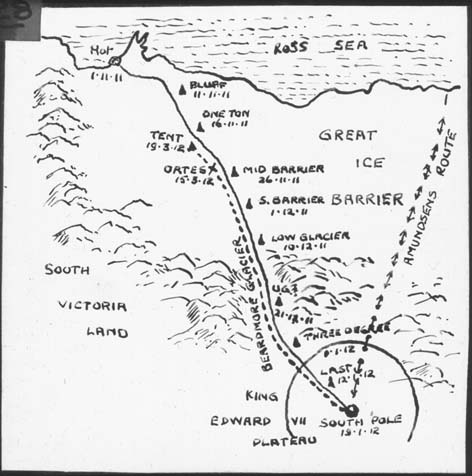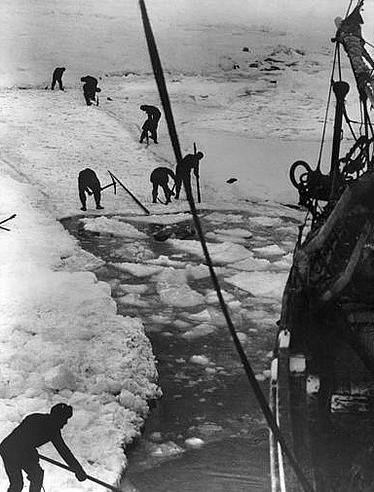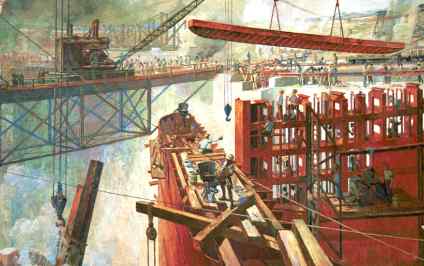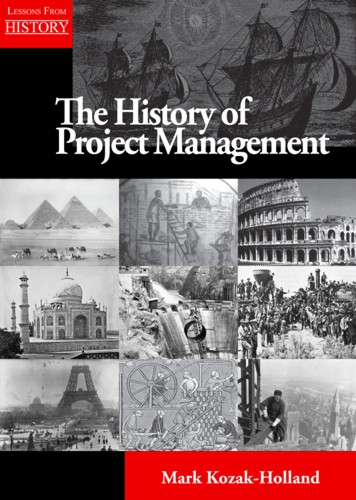LFH Overview
Managing Risk in Projects
Risk Management in Projects
Contemporary best practices in project management and examples from historical case studies
Summary Description of WorkshopAs project complexity increases risk management is becoming increasingly more important in playing a critical role in the success of a project by managing uncertainties, ambiguities, and unexpected changes. Poor risk management in complicated and complex projects usually leads to poor results or even failure. Without the use of risk management throughout the course of a project, risks are not identified, that result in events turning out differently than expected, or not fully understood situations. Even though most project managers use risk management in projects they may not be aware of how it can be used in a range of different scenarios which cover both best case projects (that used risk foresight) and worst case projects (that responded to a failing situation or a crisis). This workshop examines how to use risk management in a range of projects, that goes beyond a quick risk identification and then entering risks into a risk register. This workshop augments contemporary best practices in project risk management with historical case studies to exemplify the use of risk in a range of projects, and draws from multiple case studies namely, the Race to the South Pole (Amundsen and Scott 1909), Shackleton's remarkable recovery from a crisis on the Trans-Antarctic Expedition (1914), the Panama Canal Projects (French and U.S. led), and Lindbergh's remarkable Trans-Atlantic flight (1927). These case studies have rarely been associated with risk management (and projects) and this is what makes this course so unique. Through these case studies the workshop highlights how risk was managed in these projects by following the project event-and-decision timeline to better understand the threats and opportunities faced. Through exercises and video samples the workshop attendees, working in groups, will be given a chance to use their skills to analyze core problems within the projects, play out what-if-scenarios, and discuss the significance of risk management in these projects. The analysis allows attendees to draw out patterns, techniques, and make comparatives to today’s projects. The workshop also examines the project leaders, their risk tolerance, and how they used risk management in the projects through the decisions they made. The workshop draws on research into the publication The History of Project Management which traces the development of project management, from the ancient world through to the industrial revolutions of the last 300 years. These projects were selected because of their impact on subsequent projects and project management. Who Should Attend?Entry/Intermediary level of experience for project managers, project leaders, team leaders and general business professionals. |
|
Learning ObjectivesUpon the successful completion of this workshop, attendees will be able to:
|
|
The Benefits of the WorkshopThe workshop analysis is done through the modern lens of project management and provides valuable insights into how these projects were planned and executed. The workshop examines common emergent patterns across the projects, the best practices and techniques used, and then draws out practical project lessons to apply to today’s projects. |
|
|
The workshop is based on the following publication. Note: This course conforms to the internationally recognized standards of the Project Management Institute (PMI®). You will receive 8 PDUs (professional development units) upon completion. |
|






